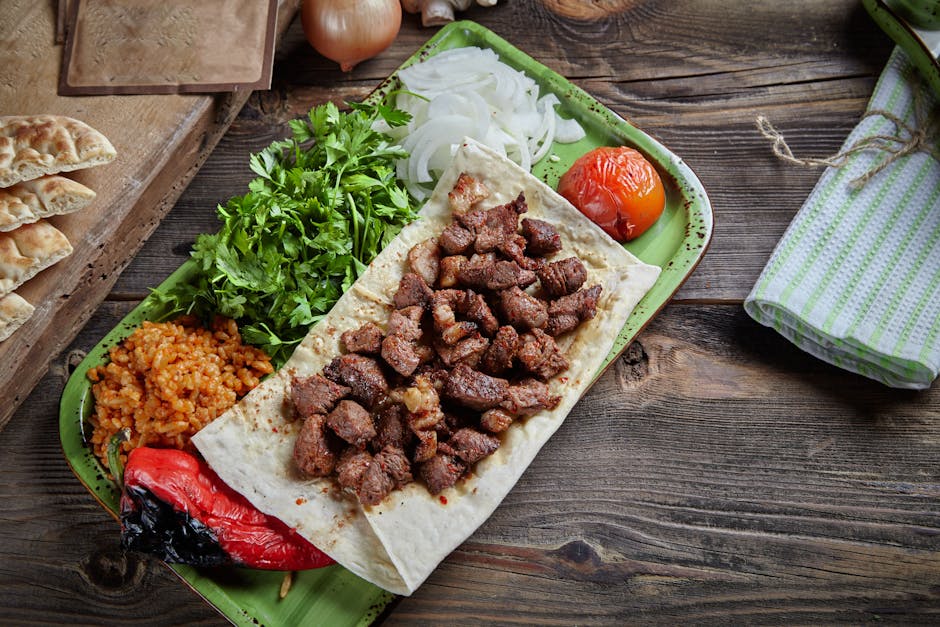The Beefsteak Tomato: A Meaty Delight for Your Garden and Table
The Beefsteak Tomato: A Meaty Delight for Your Garden and Table
The world of tomatoes is vast and varied, a vibrant spectrum of shapes, sizes, colors, and flavors. Among this incredible diversity stands a variety whose name evokes the richness and succulence of a fine cut of meat: the Beefsteak tomato. More than just a name, this descriptor accurately reflects the characteristics of this impressive fruit – its substantial size, meaty texture, and rich, complex flavor profile.
Understanding the Beefsteak Tomato
Beefsteak tomatoes are known for their exceptionally large size. Individual fruits can easily weigh over a pound, some even reaching two or more pounds! This impressive girth is accompanied by a thick, fleshy interior, far less watery than many smaller tomato varieties. This meaty texture is what sets them apart, making them ideal for slicing and adding to sandwiches, salads, and other dishes where a substantial presence is desired.
The flavor of a Beefsteak tomato is equally impressive. While the specific taste can vary slightly depending on the cultivar and growing conditions, they generally possess a rich, sweet, and slightly acidic taste. Many gardeners and chefs describe a unique complexity, a depth of flavor not found in smaller, more commercially-grown tomatoes. The low acidity of many Beefsteak varieties makes them a delicious choice for those with sensitive stomachs.
Popular Beefsteak Tomato Varieties
Within the broad category of Beefsteak tomatoes, numerous cultivars exist, each with its own unique characteristics. Exploring these variations allows gardeners to select the perfect variety to suit their climate, soil conditions, and personal preferences.
1. Brandywine: A Classic Choice
The Brandywine tomato is perhaps the most well-known and celebrated Beefsteak variety. Known for its incredibly rich, sweet flavor and deep pink or red color, it’s a favorite among heirloom tomato enthusiasts. Its large size and meaty texture make it perfect for slicing. However, it is a relatively late-season tomato, requiring a longer growing season to reach full maturity.
2. Cherokee Purple: A Striking Heirloom
The Cherokee Purple tomato stands out with its deep purple-brown color and slightly smoky, earthy flavor profile. This heirloom variety is highly prized for its unique taste and visually stunning appearance. It’s a slightly less acidic option compared to many red Beefsteak tomatoes, appealing to those seeking a milder taste.
3. Black Krim: A Dark and Delicious Choice
The Black Krim tomato boasts a deep reddish-brown to almost black color, hence its name. This heirloom variety is known for its rich, earthy flavor and slightly sweet taste. Its slightly less uniform shape than other Beefsteak varieties only adds to its charm.
4. Big Beef: A Reliable Producer
For gardeners seeking a high-yielding, reliable Beefsteak tomato, Big Beef is an excellent choice. This hybrid variety produces consistently large, flavorful fruits, making it a popular option for both home gardens and commercial growers. Its excellent disease resistance also adds to its appeal.
5. Mortgage Lifter: A True Giant
Living up to its name, the Mortgage Lifter tomato is renowned for its incredibly large size and prolific yield. This heirloom variety produces fruits that can weigh well over a pound, making it a remarkable choice for those aiming for impressive harvests. Its flavor is rich and sweet, though slightly less intense than some other varieties.

Growing Beefsteak Tomatoes: Tips and Techniques
While Beefsteak tomatoes offer a rewarding harvest, successfully growing these large fruits requires careful planning and attention to detail. Here are some key tips for optimal results:
- Choose the right location: Beefsteak tomatoes require at least six to eight hours of direct sunlight daily. Choose a sunny spot with well-drained soil.
- Prepare the soil: Enrich your soil with plenty of organic matter before planting. Beefsteak tomatoes are heavy feeders and require rich, fertile soil.
- Start seeds indoors: Starting seeds indoors six to eight weeks before the last expected frost ensures a head start for these late-season plants. This allows for a longer growing season and better fruit production.
- Provide support: Due to their large size, Beefsteak tomato plants often require support. Use stakes or cages to prevent the branches from breaking under the weight of the fruit.
- Water consistently: Beefsteak tomatoes need consistent watering, especially during hot and dry periods. Avoid overwatering, which can lead to root rot.
- Mulch the soil: Applying a layer of mulch helps to retain moisture, suppress weeds, and regulate soil temperature.
- Fertilize regularly: Feed your plants with a balanced fertilizer regularly throughout the growing season to ensure optimal fruit development.
- Protect from pests and diseases: Monitor your plants for pests and diseases and take appropriate measures to prevent or control them.
Culinary Uses of Beefsteak Tomatoes
The culinary versatility of Beefsteak tomatoes is extensive. Their large size and meaty texture lend themselves to a wide range of dishes:
- Sliced tomatoes: The classic use. Perfect for sandwiches, burgers, salads, and more.
- Tomato slices on bruschetta: The thickness and juiciness of the Beefsteak tomato provides a wonderful base for this Italian appetizer.
- Salads: Their substantial size allows for beautiful presentations in salads. They hold their shape well and provide a robust flavor contrast.
- Tomato sauce: While not ideal for intense sauces that require prolonged cooking, some Beefsteak varieties can add a lovely sweetness and texture to a quick sauce.
- Stuffed tomatoes: Their size allows them to be easily stuffed with various fillings, creating a visually appealing and delicious dish.
- Grilled tomatoes: Their meaty flesh holds up wonderfully when grilled, enhancing their natural sweetness and slightly caramelizing their surface.
Beyond the Plate: The Cultural Significance of the Beefsteak Tomato
The Beefsteak tomato isn’t just a culinary ingredient; it holds a certain cultural significance. Its impressive size and unique flavor make it a source of pride for home gardeners, and the act of growing these giants often becomes a cherished family tradition. Seed saving and sharing these heirloom varieties further strengthens community bonds and preserves culinary heritage.

In conclusion, the Beefsteak tomato, aptly named for its meaty characteristics, offers more than just a delightful culinary experience. It’s a testament to the rich biodiversity within the tomato family and a rewarding project for any gardener seeking a large, flavorful, and visually stunning fruit. Its cultural significance further enhances its appeal, making it more than just a tomato; it’s a piece of horticultural history and a symbol of abundant harvest.








